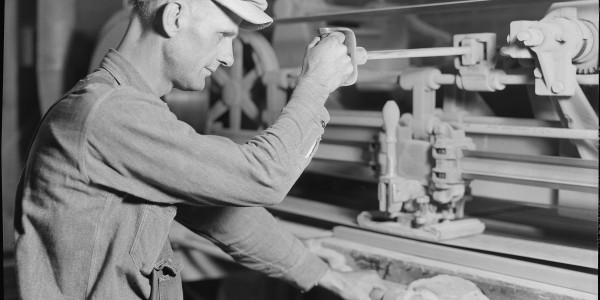Maybe you’ve hired a temporary worker, or maybe you’ve been a temporary worker at some point in your career. Someone quits unexpectedly, or gets sick, or injured, and an employer needs to find a replacement on the spot.
What happens when the replacement worker is unskilled? You have to spend time training them to make sure they do the work properly, and even with all of that training, mistakes can still be made. What if there was a way to ensure that replacement workers would be able to do the job they were hired to do almost immediately, and without mistakes? Robot temp agencies are looking to do just that.
Steel Collar Associates is a company that leases humanoid robots to manufacturers. These robots are intended to enter a factory and begin work almost immediately. Once a robot is programmed to do a job, they perform that job with a speed and accuracy that human workers can’t match.
Companies looking to lease out robots make the case that robot workers are, simply put, better than human workers. Not only are they fast and precise, but they can work for extended periods of time without needing rest or additional compensation. These robots can work 24 hours a day 365 days a year, and they don’t need to eat, sleep, or be paid overtime.
Hiring temporary robot workers is an interesting concept, but it seems as though there are a couple of flaws with the idea. There’s the matter of cost, and also the matter of a humanoid robots’ capabilities.
Maybe in the future humanoid robots will have the same dexterity and range of motion as human workers, but that’s not true at the moment. Robots are equipped with clamps and claws rather than individual fingers capable of dextrous actions. While these robots are ideal for simple tasks, they can’t quite perform more complex jobs.
The price of leasing these robots may not prove to be the most advantageous for the employer, either. For true cost effectiveness, the leased robots have to work at full capacity for an extended period of time. But if you’ve leased a robot for a year, you might as well invest in a robot of your own that you can put to work for multiple years.
This idea of a temporary robot workforce is still relatively new. Perhaps in the future, it will prove to be a viable option.
